
Cavity wall insulation and saving money Switched On Portsmouth
Cavity walls are exterior walls with a gap in the middle and is generally found in houses built after 1920 (though there are exceptions to the 'rule'). The outer leaf is usually made of brick with inner layers either constructed from brick or concrete blocks. The gap can be filled with insulation to improve the thermal performance of a building.

Cavity Wall Insulation Novora Building Services
Glassfiber insulation is made from strands of glass fiber and temporarily loses its thermal resistance when it gets wet. However, if it can dry out and has not become compacted, it will retain its insulating properties. Wet insulation in a closed wall cavity will usually not rapidly dry out. Wet insulation in a wall will migrate to the bottom.

Cavity Wall Insulation Cost Per M2 In 2022 (UK Price Guide)
It is not only solid wall properties that can suffer from condensation and damp penetration. If cavity wall insulation is badly fitted or gets wet it can cause a huge number of problems.". Condensation on Cavity Walls. Condensation on cavity walls often presents itself as black mould spots and is caused by the warm air inside the house.
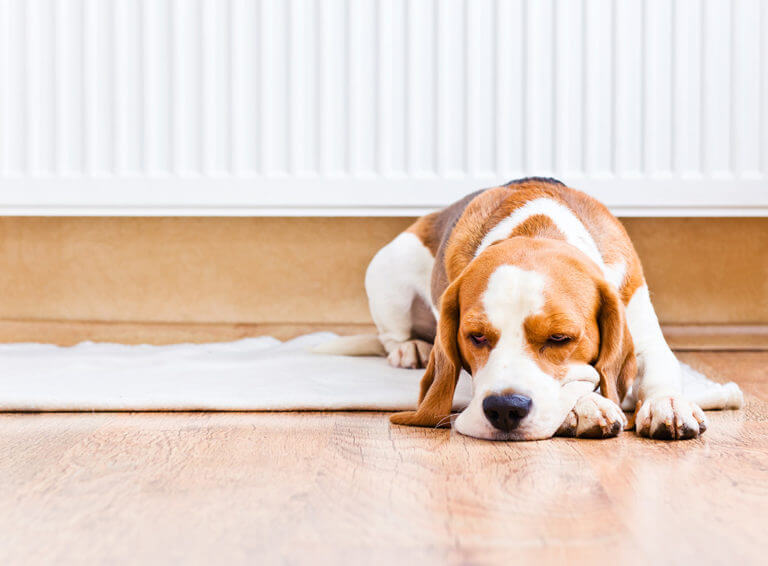
Cavity Wall Insulation Cost Guide 2022 Checkatrade Blog
If you have had cavity wall insulation (CWI) installed under the Green Deal or Energy Company Obligation (ECO) scheme, and you suspect that your installation has failed or you are unsure whether it has caused condensation or mould in your property, you should contact the installer who undertook the installation in the first instance.
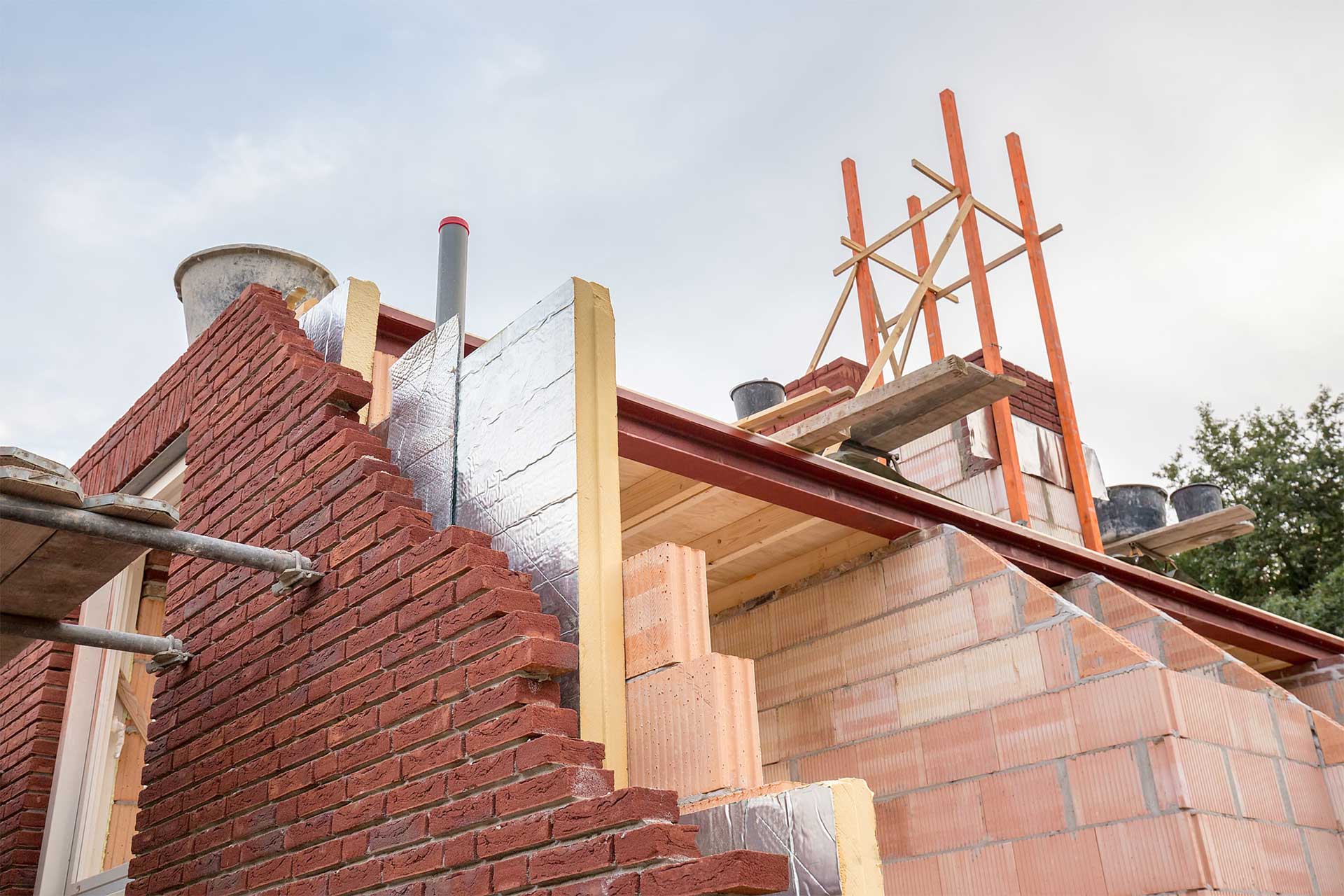
How Much Does Cavity Wall Insulation Cost In 2024? Checkatrade
Damp patches on walls - If you notice damp patches on your internal walls, this could be a sign that your cavity wall insulation is wet. The insulation may be absorbing water from the outside and transferring it to your internal walls. Musty odours - If you notice a musty odour in your home, this could be a sign that your insulation is wet.
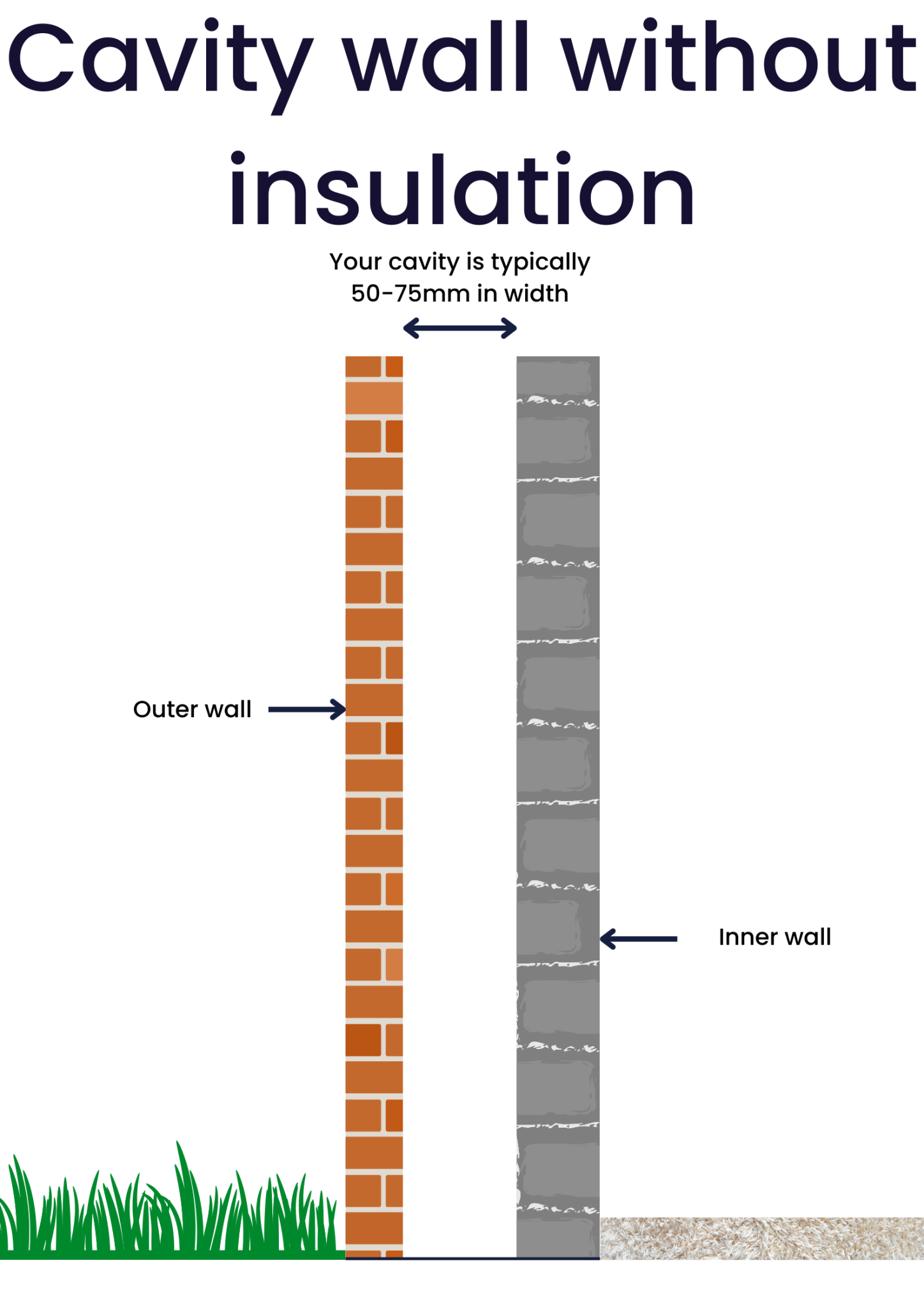
Read this before having Cavity Wall Insulation The Truth
Nick shows how to check whether an existing wall has cavity wall insulation, by carrying out a boroscopic inspection. If you are in any doubt on how this pro.

Cavity Wall Insulation Cavity wall insulation, Cavity wall, Wall insulation
Wet insulation is usually found in the roof where leaks and water exposure is more likely and possible to occur. Replacing insulation can be an expensive, time-consuming, and labor-intensive process, but it is also an issue that cannot be ignored. The moment you suspect your insulation is wet, you should check it out.

How Do I Know If I Have Cavity Wall Insulation? Insulation Advisor
The installation of retro fit cavity wall insulation is covered by the Building Regulations and must be carried out and designed by a person in a competent installer scheme. The guidance is based on a withdrawn British Standard BS 8208 'Assessment of suitability of external cavity walls for filling with thermal insulants'. This suggests a.

Best Insulation for Cavity Wall Cavity wall, Cavity wall insulation, Insulation
To insulate between the joists, use water-resistant mineral wool insulation. Wet cavity wall insulation: Dampness is not caused by cavity wall insulation. It may, however, exacerbate the problem if moisture-related problems already exist. Therefore, it is recommended that you check for such issues before installing cavity wall insulation.
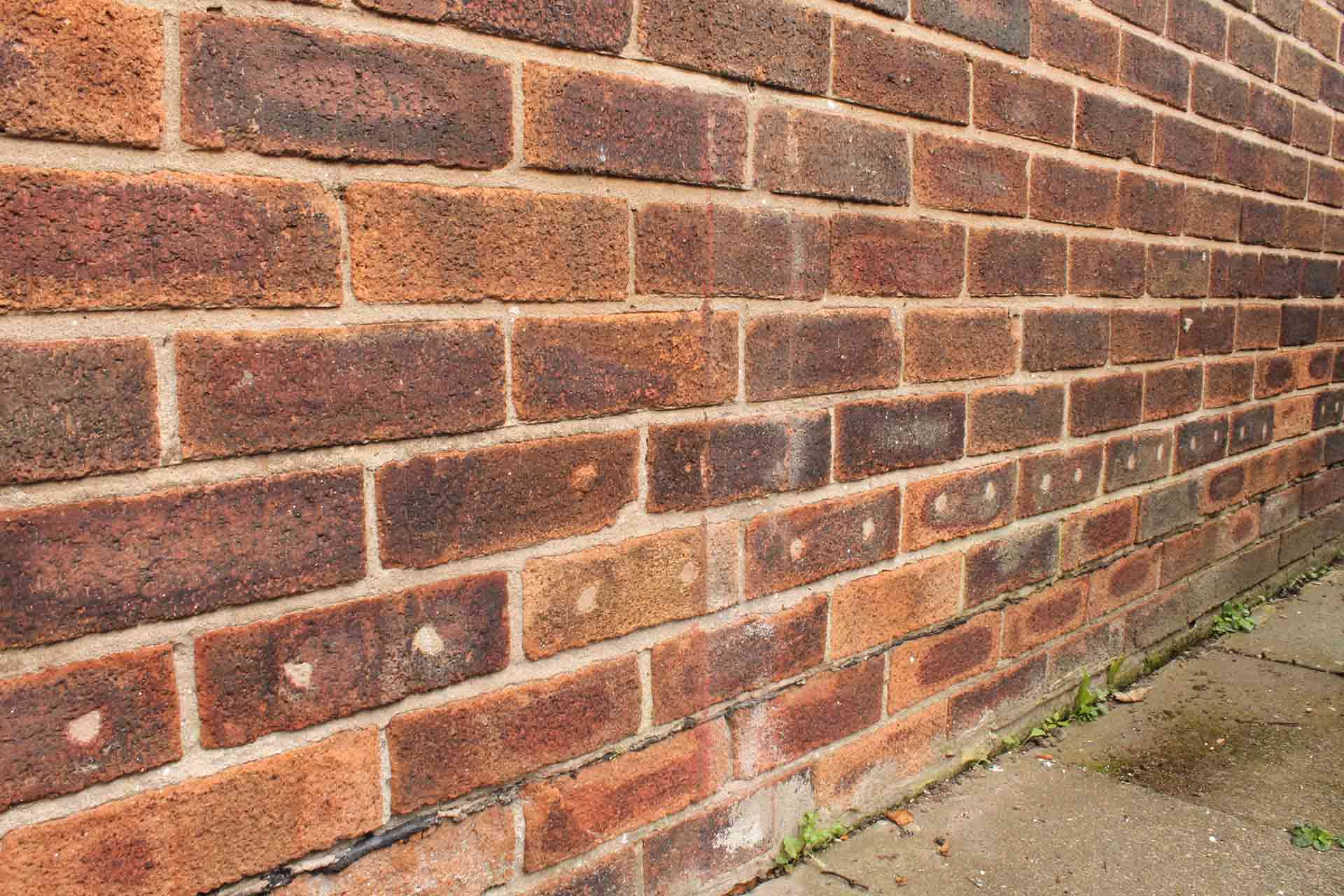
What Does Cavity Wall Insulation Removal Cost in 2024? Checkatrade
Censor wall insulation is an excellent choice to ensure your home remains warm and energy-efficient. Yet, if this insulation gets damp, it may lead to issues like moisture buildup, mold formation, and potential harm to the building's structure. This article focuses on how to check if the cavity wall insulation is wet and outlines the necessary actions if it's found to be moist. Wet cavity wall.

Cavity Wall Insulation Experts Spray Foam Services
How To Check If Cavity Wall Insulation Is Wet? Inspecting cavity wall insulation for wetness can be challenging since it's typically concealed. However, specific indicators can suggest the presence of moisture in the insulation: 1: Damp Patches on Walls: One of the primary indicators of wet insulation in cavity walls is the presence of damp.
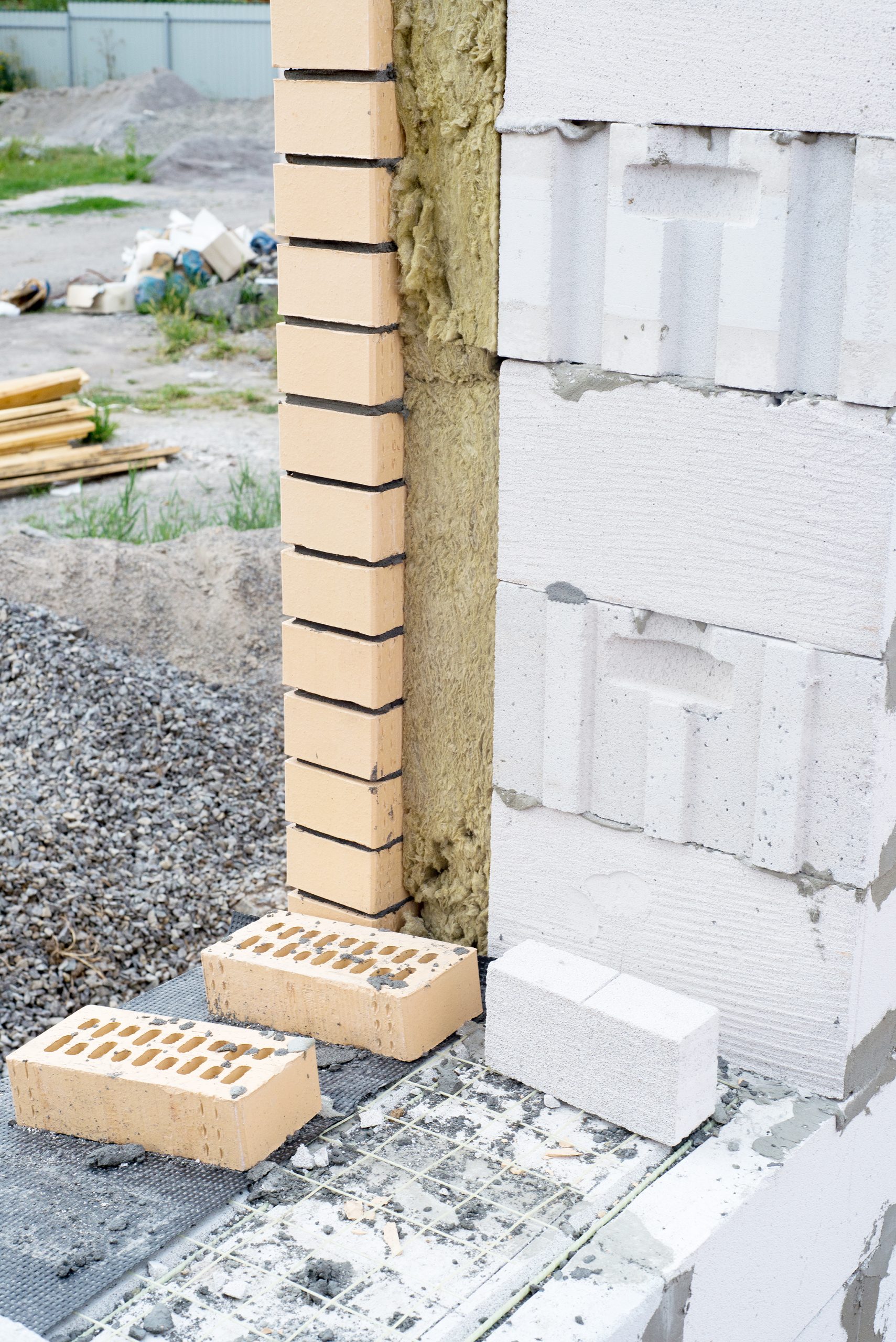
Can Cavity Wall Insulation Cause Damp? Garratt's Damp
Common Issues with Cavity Wall Insulation. 1. Dampness and Moisture Penetration. Damp cavity wall insulation is a prevailing issue, often arising from moisture penetration due to wind-driven rain. When insulation material absorbs moisture, it can lead to damp patches and black mould on internal walls, causing severe damp problems.

FREE Loft Insulation & Cavity Wall Insulation Energy Efficient You
When retrofit cavity wall insulation is installed into a property that is located or built in a way that means it should not have the cavities filled, or if the work is undertaken incorrectly, the first and most obvious sign of a problem is almost always internal dampness. Most homeowners will be blissfully unaware if cavity wall insulation has.
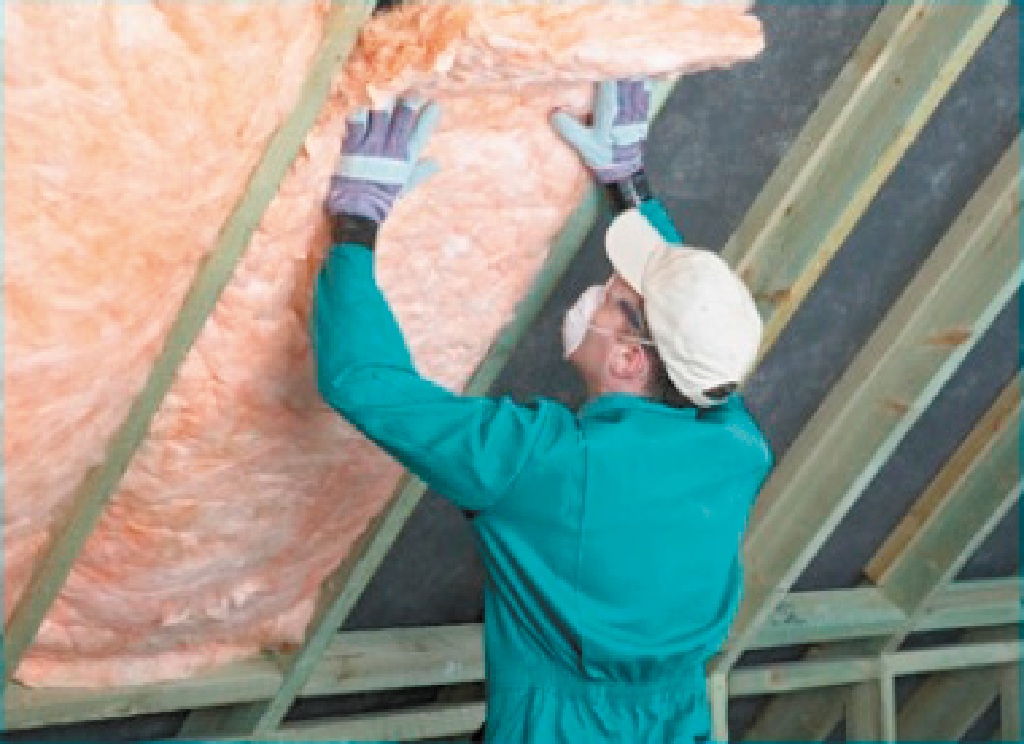
Free cavity wall insulation for flat owners Your Money
The idea of having that cavity is to prevent moisture from moving from the outer skin and migrating towards the inner skin. So that cavity allows any moisture that gets through the outer skin to drain down and go down into the ground before it manages to reach the inside skin. It was a way of drying out buildings when there was no insulation in.

Cavity wall insulation and saving money Switched On Portsmouth
Signs of Wet Cavity Insulation: Damp Patches: Look for damp patches or watermarks on internal walls, particularly near windows and doors. Mould Growth: Mould thrives in damp environments, so the presence of mould on walls or ceilings could indicate moisture ingress from wet cavity insulation. Musty Odour: A musty or damp smell in certain areas.

Is your home in a fit condition to be upgraded by a government Green Homes Grant? Olympic
And unless it was built within the last 20 years, those cavities are probably empty. If so, filling them with wall insulation could be a very cost-effective way to retain heat in your home and save on your energy bills . Around one third of the heat loss from most homes is through the walls, so cavity insulation could save you up to £160 a.
- Smart Tv With Built In Aerial
- Festival Of The Dead Cardiff 2023
- Cobra Radspeed 4 Hybrid Loft
- Honeywell Home 1 Channel Wired Digital Room Thermostat Eco
- Monster Trucks Great Yarmouth 2023
- Henlle Hall Woodland Lodges Shropshire
- Van Roof Vents Low Profile
- Big Button Phone With Cordless Handset
- Caravans To Let Trecco Bay
- Candy Grand Vita Tumble Dryer Symbols Meaning